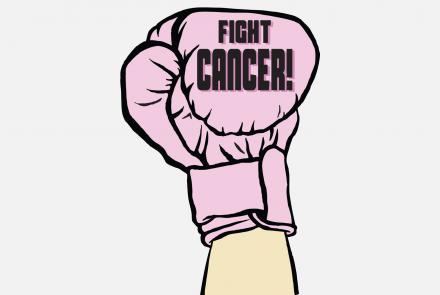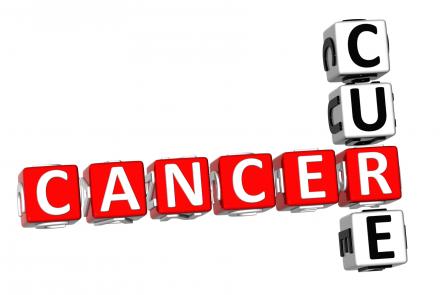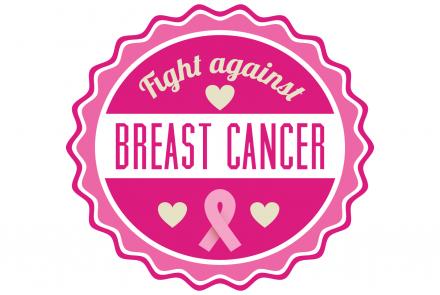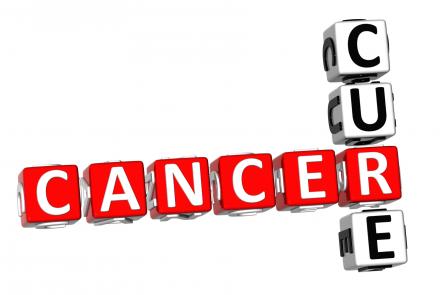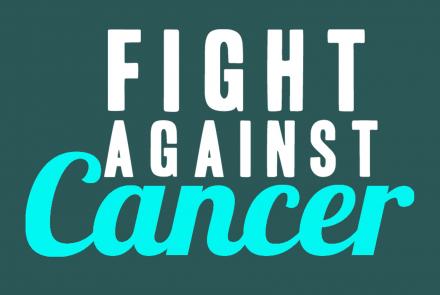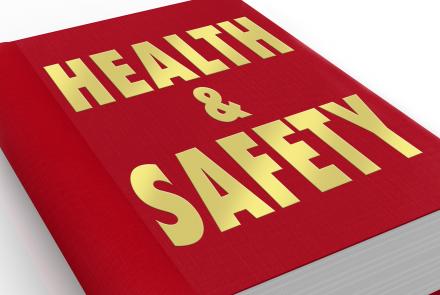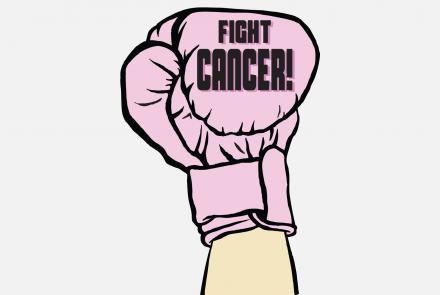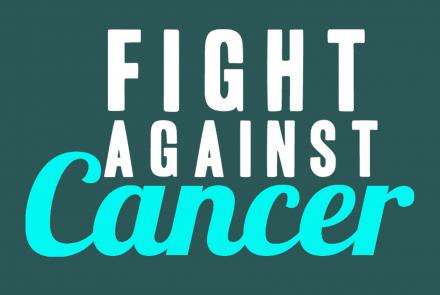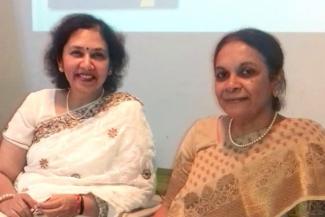
Cancer pain can be treated and quality of life in a cancer patient can be enhanced by appropriate medications, emphasise Dr Mary Abraham, Pain & Palliative Care Physician, and Dr Vandana V Prakash, Clinical Psychologist.
Despite increased attention to cancer pain, it still continues to be a major issue with cancer patients and survivors. Why is it so?
There are many reasons why cancer pain is still a major issue with cancer patients and survivors.
Firstly, there is a misconception and fear prevailing among the general public that if one has cancer, one must invariably suffer with pain and especially so in the terminal stage of the disease. Most people are not aware that treatment of pain is a fundamental human right and it is the obligation of healthcare providers to provide them freedom from pain. They also are not aware of the fact that cancer pain, however severe, can be relieved. So, many a time, they simply endure and suffer pain and suffering causing anguish not only to themselves, but for their loved ones too.
Moreover, it is important to create awareness that cancer pain is not just physical pain. Dame Cicely Saunders, who was the founder of palliative care in the UK, stressed that besides physical pain, patients with cancer additionally have psychological, social and even spiritual pain. Today, this is the concept of Total Pain and its management is termed as Total Pain Management. Even the World Health Organization endorses this concept of holistic management of Cancer Pain.
Another reason, why cancer pain is still not getting its due attention is the lack of information about palliative care and the specialists involved in giving this care. Not many know that specifically trained palliative care specialists are available in hospitals, private practice, nursing homes, half-way homes and dedicated organizations to treat not just physical pain but other associated symptoms that people with cancer repeatedly experience. Such specialists and organizations provide hospital and home-based palliative care, where the palliative care team visits them in their homes and provides all medications required for relief of pain and other distressing symptoms. Hence, there is a dire need to spread awareness about palliative care to the citizens of every country especially to people living in rural areas.
Related: Directory of Palliative Care Clinics in India
Can all cancer pain be controlled?
Cancer pain, however severe, can be controlled. In 1986, the World Health Organization devised a stepladder approach to treat cancer pain called the WHO Analgesic Ladder. This is widely used by all palliative care specialists, the world over, to treat cancer pain. The main advantage of using this approach is that the medications to relieve pain are given orally and can easily be administered by the caregiver at home. The drugs are given according to the severity of pain starting with the first step for mild pain with paracetamol or non-steroidal anti-inflammatory drugs. If the pain is not getting relieved with step 1 analgesics, then a weak opioid like tramadol can be added as step 2 drug. However, if the pain is severe and not responding to even step 2 analgesics, then opioids like morphine is given. Using this stepladder approach, 71-76% of cancer pain can be treated. At each step, adjuvant drugs may be added in addition to the analgesics. These include drugs to treat specific types of pain, muscle relaxants, anti-spasmodic drugs, sedatives, steroids, drugs to treat bone pain and even antidepressants.
In 2000, the WHO ladder was modified and a 4th step was added for the 10-15% of patients who are not responding even to step 3 drugs like opioids. This step includes various nerve blocks, intravenous drug infusions, epidural blocks and spinal cord stimulation to relieve cancer pain that is intractable.
Related Reading: WHO's Pain Relief Ladder
Thus, there are a lot of options to treat cancer pain and all patients should be reassured that pain, however severe, could be controlled and they need not suffer unduly.
What are the different types of pain syndromes?
Pain can be classified in different ways. It can be Acute or Chronic depending on the duration of pain. Acute pain usually resolves in less than 3 months while pain is termed chronic if it persists for more than 3 to 6 months.
Other ways in which pain has been classified is as –
- Nociceptive Pain
- Neuropathic pain.
Nociceptive pain is secondary to tissue damage or inflammation while neuropathic pain is due to nerve damage. Nociceptive pain occurs because of an injury to a soft tissue, bone or an organ and includes cuts, fractures, inflammation of an internal organ and cancer.
Some examples of neuropathic pain are diabetic neuropathy, chemotherapy induced neuropathy, trigeminal neuralgia manifesting as facial pain and post-herpetic neuropathy secondary to shingles or herpes zoster. Neuropathy can be due to HIV and alcoholism as well.
Another pain syndrome is Chronic Regional Pain Syndrome, which usually affects a limb. It can occur following fractures, sprains, limb immobilization, and injury to nerves or sometimes even after a simple cut in the finger or toe. The pain in the limb is usually burning in nature and can occur with even a touch, which is a non-painful stimulus. There can be numbness, tingling, swelling and sometimes even discolouration of the affected limb.
Cancer pain is another commonly prevailing pain and is one of the main causes of suffering in patients with cancer. Nearly 30 to 50 per cent of patients with cancer suffer pain and in the terminal stages of the disease, nearly 75 to 90 per cent report significant and severe pain.
Patients with cancer as well as survivors can also have pain as a result of treatment of cancer. If it is during or after chemotherapy, it is called Chemotherapy Induced Peripheral Neuropathy (CIPN). This is the result of damage to the nerves by the chemotherapy drug. This pain can be distinguished by its very nature. It is usually a burning type of pain and may be associated with tingling and numbness and can occur even without a painful stimulus and it usually occurs in the hands and feet. Even touch, cold air or light pressure can provoke this pain. This pain can last for months after the chemotherapy is over and can be extremely distressing for the patient.
Pain syndrome that occurs due to damage to the central nervous system (brain or spinal cord) is called Central Pain. It can occur due to a stroke, multiple sclerosis, head injury, spinal cord injury, epilepsy and Parkinson’s disease. This pain can be quite incapacitating and can last for months or years after the initial insult.
Lastly, there is Psychogenic Pain, where there is no physical reason for the pain, but the cause is a psychological one. In other words, the physical pain is caused by emotional reasons that are real and not just imagined. In psychogenic pain the persons’ thoughts, attitudes, feelings and emotions influence the development and maintenance of the pain.
How are depression and anxiety related to pain?
A natural consequence of pain is distress, both physical and mental. Physical pain is visible and one easily gains empathy and sympathy from the family, relatives, friends and even doctors. However, the mental agony seen with physcial pain one has to bear alone or with a few chosen ones. Mental distress is initially noticeable when there are mood changes like being irritable, having sudden outbursts of anger, crying more often, feeling hurt over trivial incidences, inability to concentrate, unable to work, having constant depressive ruminations and so on. These are early signs of depression.
Quite often when one speaks to the patient with acute or chronic pain, one sees many kinds of fears that the individual is carrying. These fears may be related to death, disability, disfigurement, restricted life and pain. Anxiety is also called psychic pain. It can be as debilitating and sometimes, even more so, than any physical pain. Mind and body are not two separate entities but two sides of the same coin. When there is trouble in one, say physical pain, it will cause psychological pain too and vice versa. All these fears and associated anxieties need to be addressed for a holistic treatment of pain.
What are the biggest challenges of cancer pain assessment and management?
Cancer pain assessment and management can be a challenge.
Pain can be very severe especially in the end stages of the disease. Severe pain may not respond to simple analgesics like paracetamol or anti-inflammatory drugs and morphine would need to be started. Since morphine is a narcotic drug, before starting its administration, the patient needs to be assessed for any addiction potential so that it is not misused or abused. Its administration has to be clearly explained to the patient and caregivers and it also needs to be closely monitored so as to prevent any side-effects.
Cancer pain can be nociceptive (due to tissue damage by the cancer) or neuropathic (nerve damage by the cancer) or mixed with both nociceptive and neuropathic components. Hence, a proper assessment needs to be done to distinguish between both types of pain, as its management is different. Nociceptive pain can be treated using the WHO analgesic ladder drugs and if there is a neuropathic component in addition, then neuropathic medications would need to be added as an adjuvant drug. Bone pain can also occur in cancer patients as a result of metastasis to bones from prostrate, breast or lung cancer and there are specific drugs and techniques to treat cancer induced bone pain.
Related: Pain Scale and Assessment
It is also important to assess whether pain is secondary to treatment of cancer, which could be chemotherapy or radiotherapy. Pain secondary to chemotherapy is due to damage to the peripheral nerves by the cancer treatment and is a neuropathic type of pain commonly seen in the hands and feet. This type of pain is characterized by burning pain, pain on touch and may be associated with numbness or tingling sensation. Both chemotherapy and radiotherapy for head and neck cancers can also cause painful mouth ulcers, which is extremely distressing.
In patients with cancer, physical pain often gets compounded by associated psychological distress like depression, anxiety and fear of dying. This also needs to assessed and treated. Many terminally ill and end-stage cancer patients have severe anxiety related to death and may have panic attacks, restlessness and even biological disturbances like lack of sleep. Many a time, the anxieties may be related to family, finances and social obligations. Quite often they also suffer from depression. Assessing these psychological and social issues and helping to remit them would help the patient sufficiently to ease out psychological and social pain. This is Total Pain Management.
So, impeccable assessment of the severity of pain, type of pain and cause of pain needs to be done so that management can be initiated accordingly. This plays a key role for relief of pain and suffering of the patient.
What are the common myths and misinformation related to cancer pain management?
- One commonly prevailing myth about cancer pain is that it is inevitable and has to be borne and the consequent suffering must be endured. This is not true. Cancer pain can be treated and life in a cancer patient can be enhanced by appropriate medications. Palliative care physicians are trained to relieve pain and associated distressing symptoms related to cancer.
- Another myth is the spiritual aspect of cancer pain. People are under the assumption that pain and suffering is a form of punishment. This is a type of spiritual pain. The palliative care team, which also includes a social worker, must endeavor to address the spiritual aspects of pain also, so that pain in all its dimensions is treated.
- A misconception that is very common is that one must avoid opioid drugs like morphine for cancer pain as it can cause addiction. This also is not true. When a trained palliative care specialist administers it after proper assessment of the patient, it will not cause addiction. Addiction is influenced by genetic, psychosocial and environmental factors and is a craving for the drug and will not occur when a patient is in genuine pain.
(Dr Mary Abraham and Dr Vandana V. Prakash, are authors of the recently published book “Conquering Pain – How to Prevent it, Treat it, and Lead a Better Life”. Published by Harper Collins)

